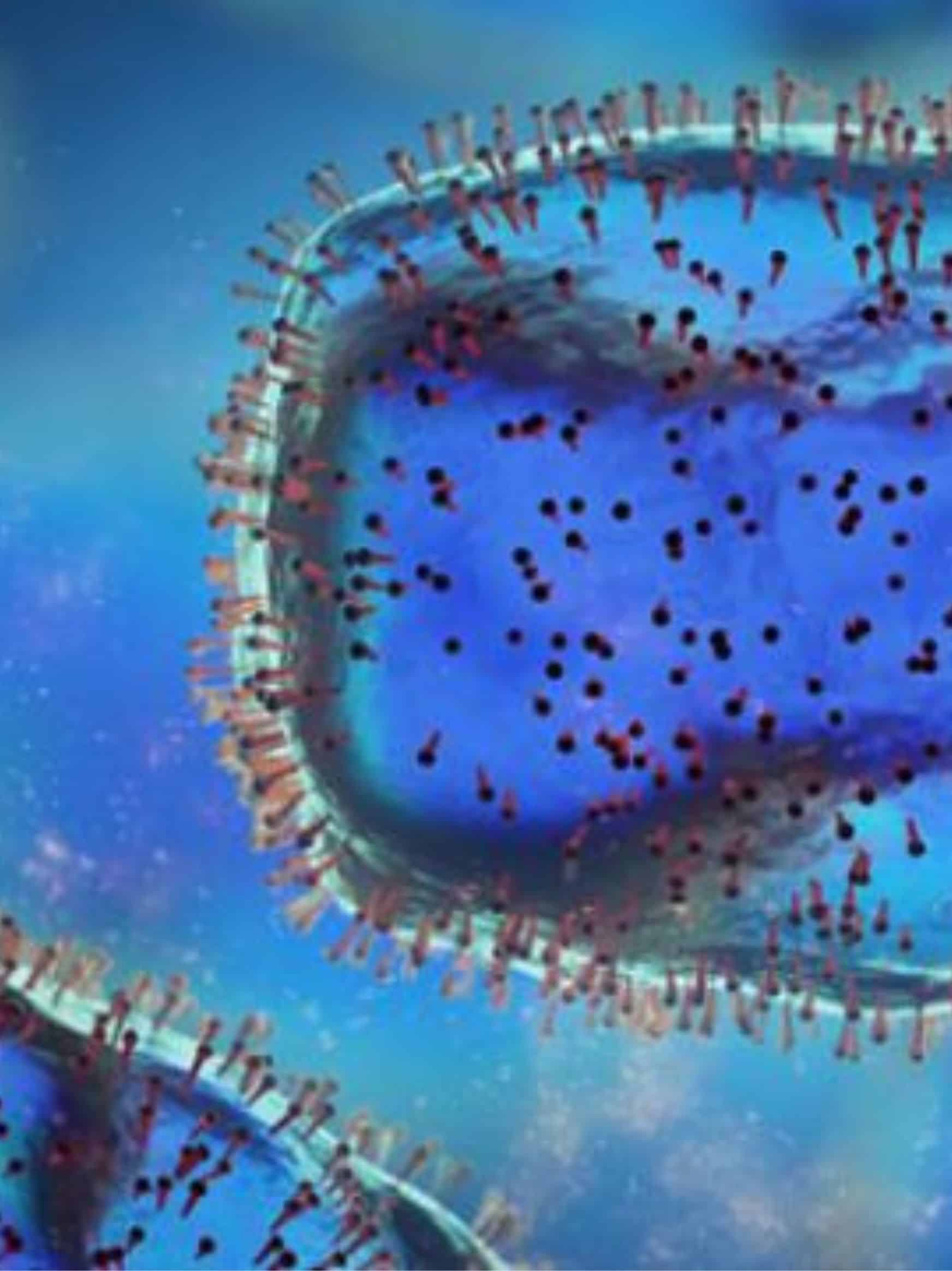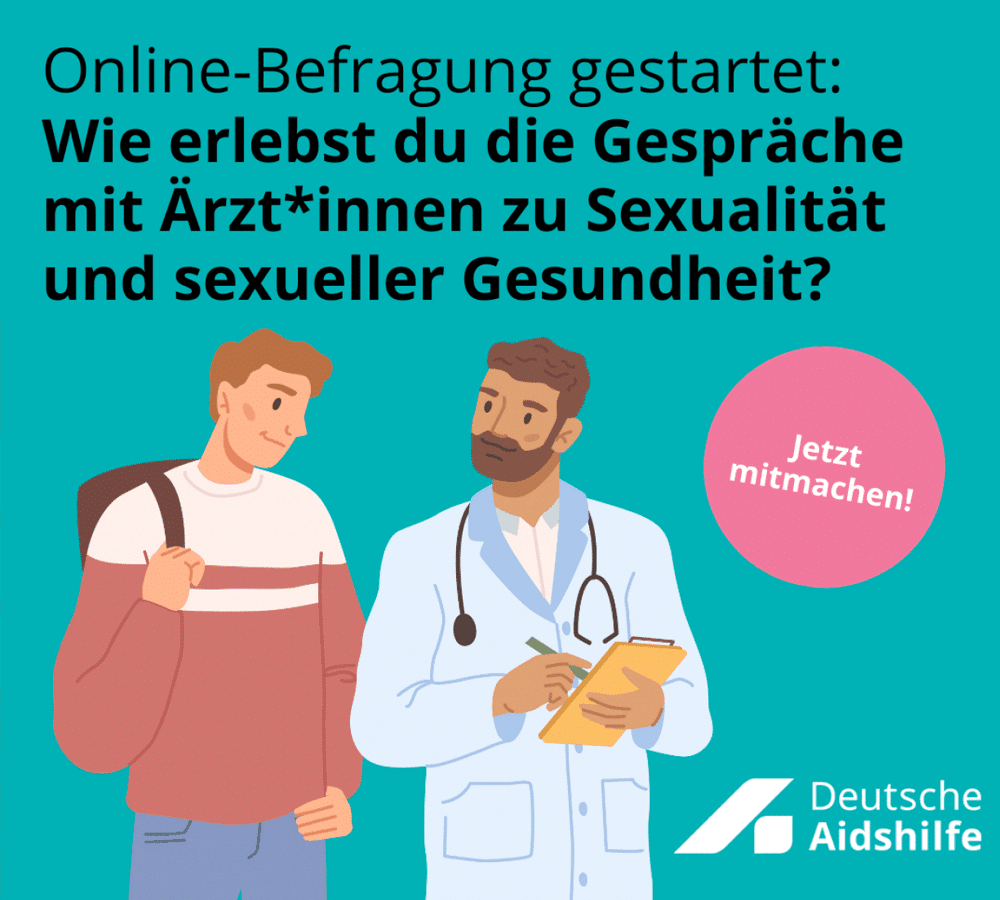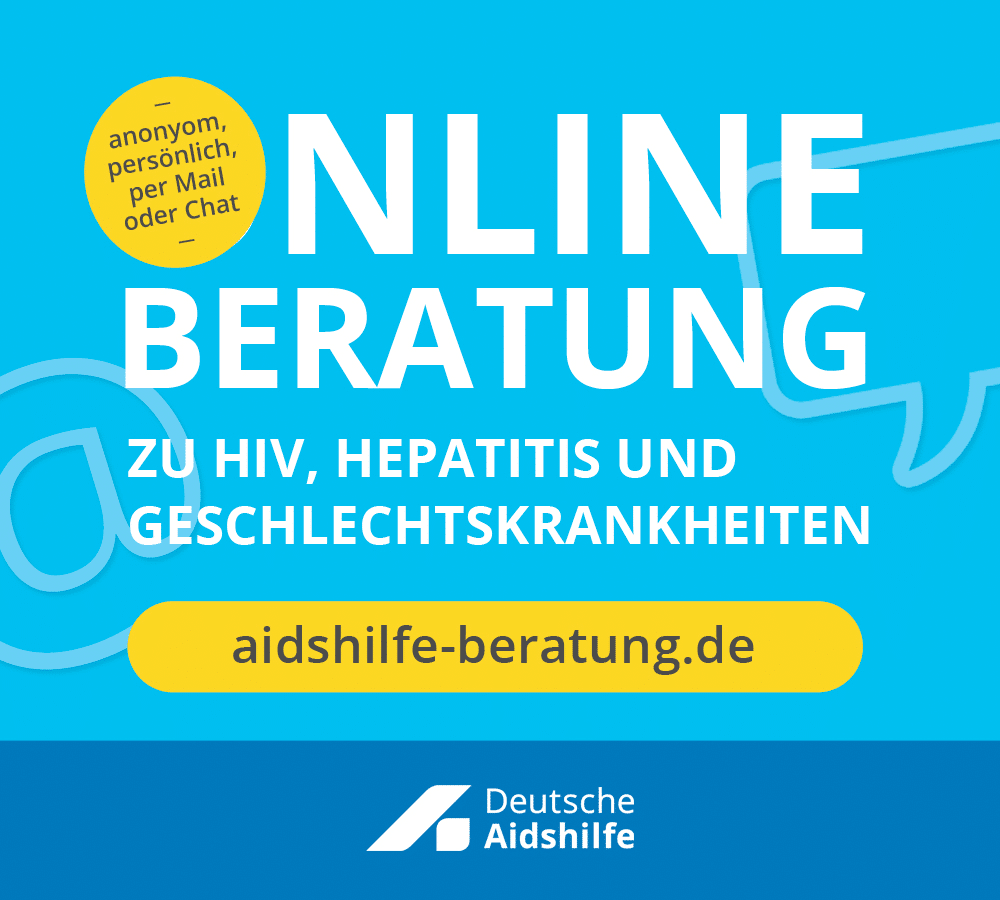There has been no significant increase in newly diagnosed HIV cases since 2007. In 2009, however, the number of gay men rose slightly. One reason: more HIV tests.

The number of HIV diagnoses in Germany remained almost constant in 2009. This was announced yesterday by the Robert Koch Institute (RKI) in its Epidemiological Bulletin. 2856 people tested positive for the first time last year, compared to 2843 in 2008, meaning that the number of new diagnoses has remained largely stable since 2007, having risen considerably in previous years.
However, the number of new diagnoses among gay men and other men who have sex with men rose by 3.3 per cent. In this group, 1629 positive test results were recorded (previous year: 1575). A similar increase was recorded among heterosexuals (3.2 per cent). The number of new diagnoses among people who use drugs intravenously and migrants from countries where HIV is particularly common has fallen.
67 per cent of new HIV diagnoses are made by men who have sex with men. Men aged between 25 and 29 are the most affected, with the 30 to 39-year-olds being the second most affected. This is followed by the group of 21 to 24-year-olds. In this group, the number of new diagnoses has risen in recent years and has now reached its highest level since 1993.
There were also notable changes in various cities and regions: The number of new diagnoses rose considerably in Hamburg and Rhineland-Palatinate, while it fell in Berlin and Mecklenburg-Western Pomerania. The course of the syphilis epidemic probably plays a role in the changes in the major cities. Syphilis increases the probability of becoming infected with HIV or passing on the HI virus.
According to Deutsche AIDS-Hilfe, part of the increase in new diagnoses can also be explained by the fact that gay men are increasingly willing to be tested. The willingness to be tested is particularly high in the 21 to 24 age group. Many new infections are diagnosed shortly after infection.
I KNOW WHAT I DO has to do with the Test weeks The German AIDS service organisation itself contributed to the fact that more gay men went for HIV tests between September and November 2009. "Without the expansion of our testing services, the number of new diagnoses would have been significantly lower," says Dr Dirk Sander, Gay Affairs Officer at Deutsche AIDS-Hilfe. "We are delighted that our testing weeks were so successful. In return, we accept that the number of new diagnoses will increase."
The number of newdiagnoses must not be compared with the number of newinfections should be confused with the number of people infected. It merely expresses how many people have tested HIV-positive for the first time - not how many have been infected. The Robert Koch Institute continues to assume that there are around 3,000 new HIV infections per year.
"The largely stable figures show that our prevention work is working," says Dr Dirk Sander. "Studies show that the motivation of gay men to protect themselves remains high."
(Holger Wicht)









